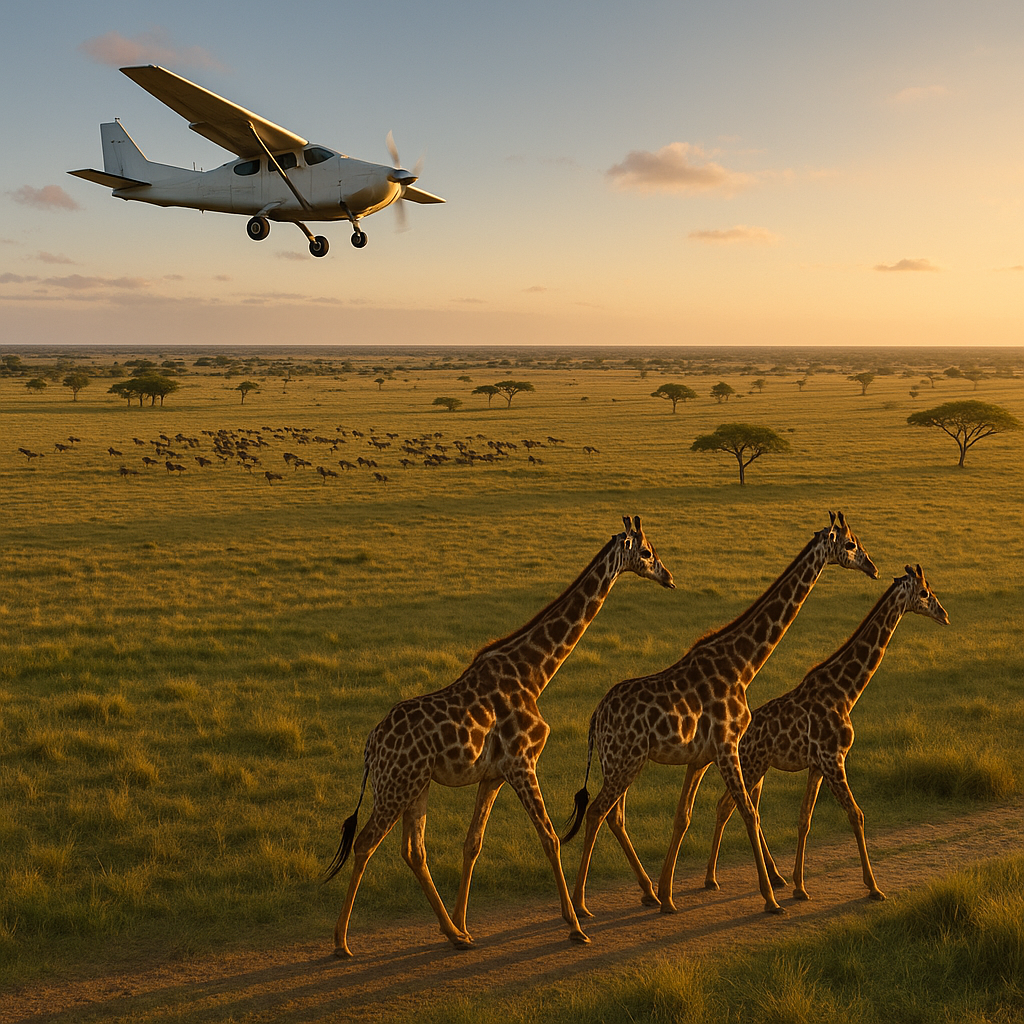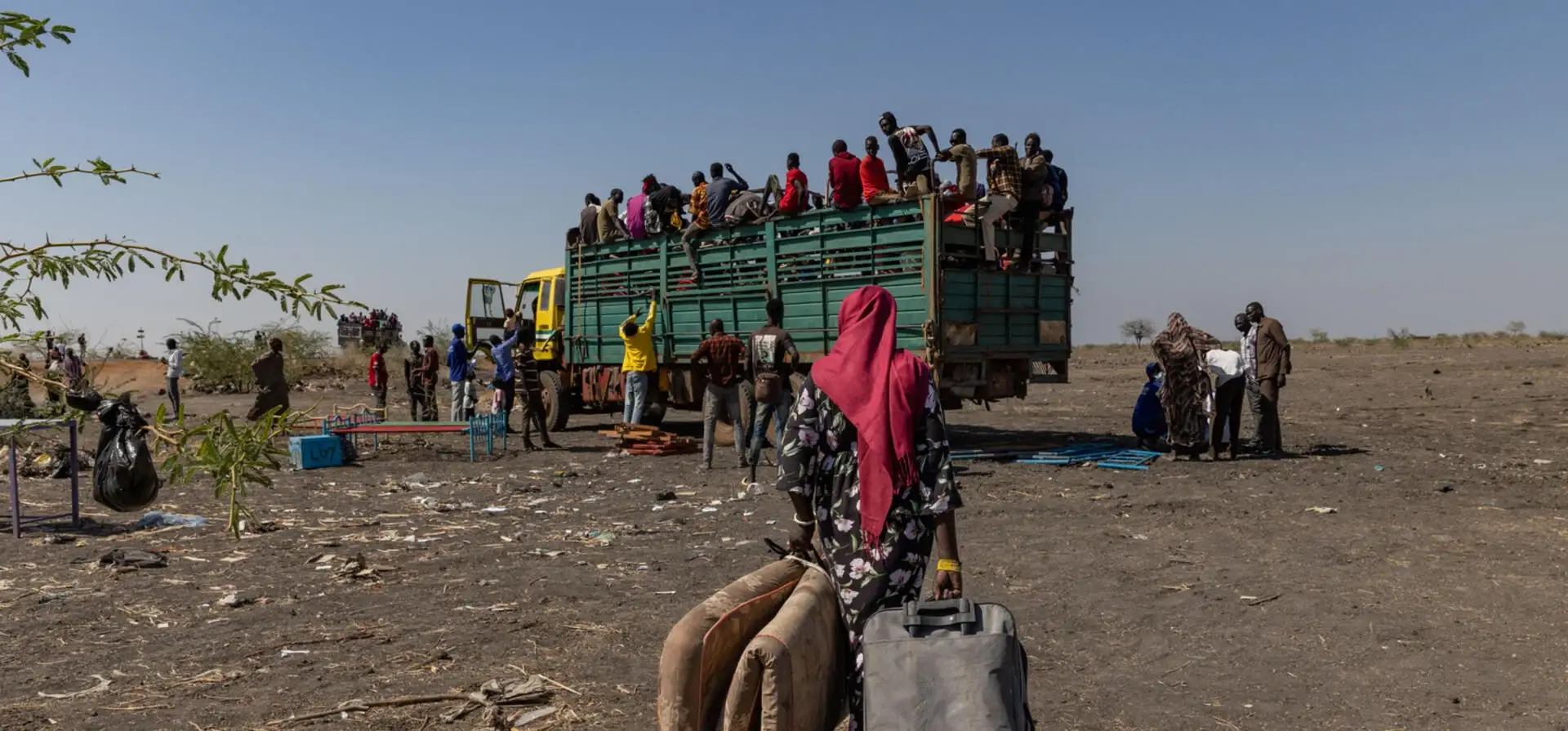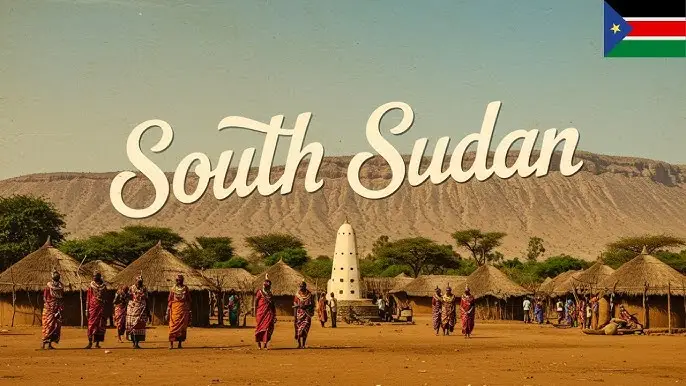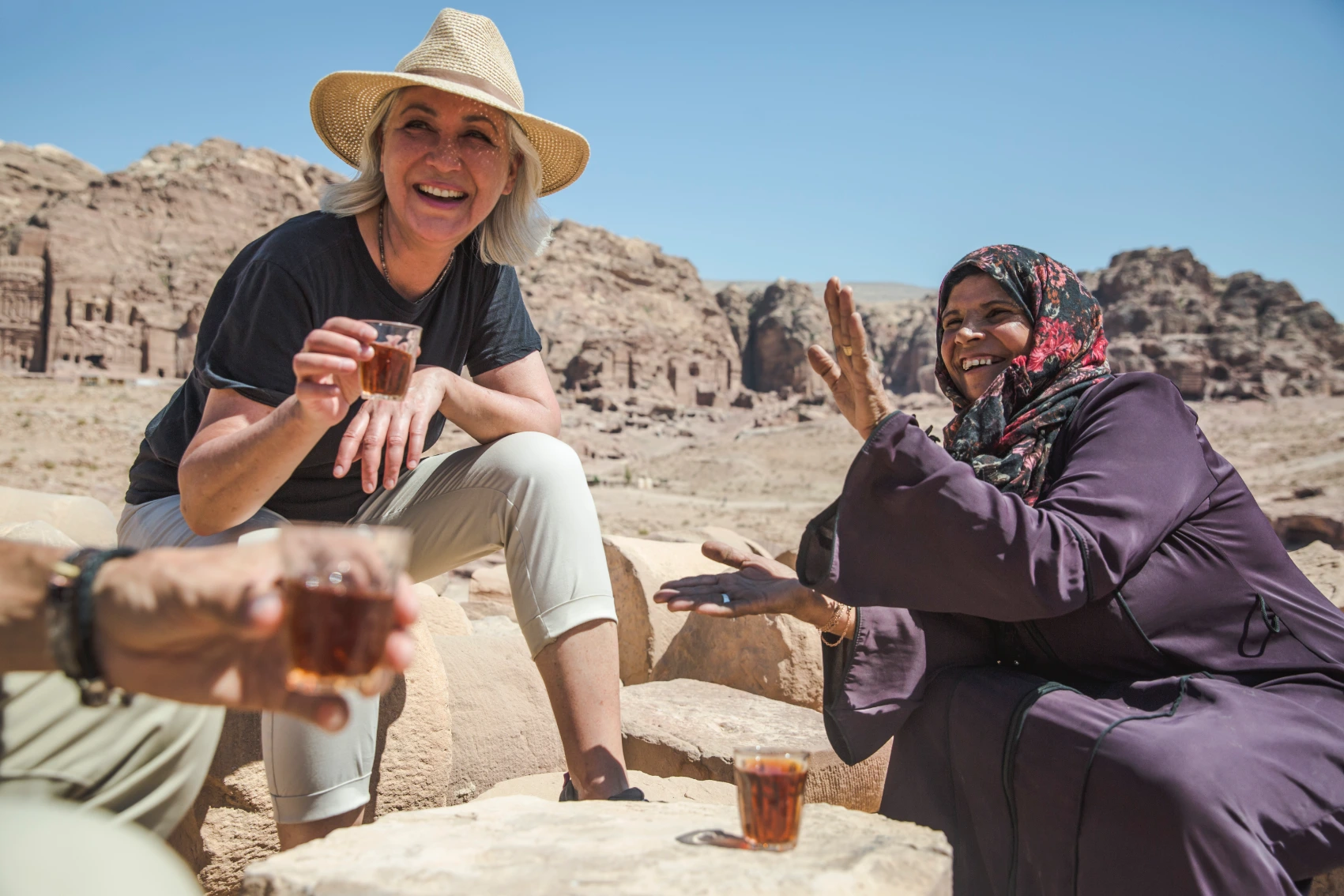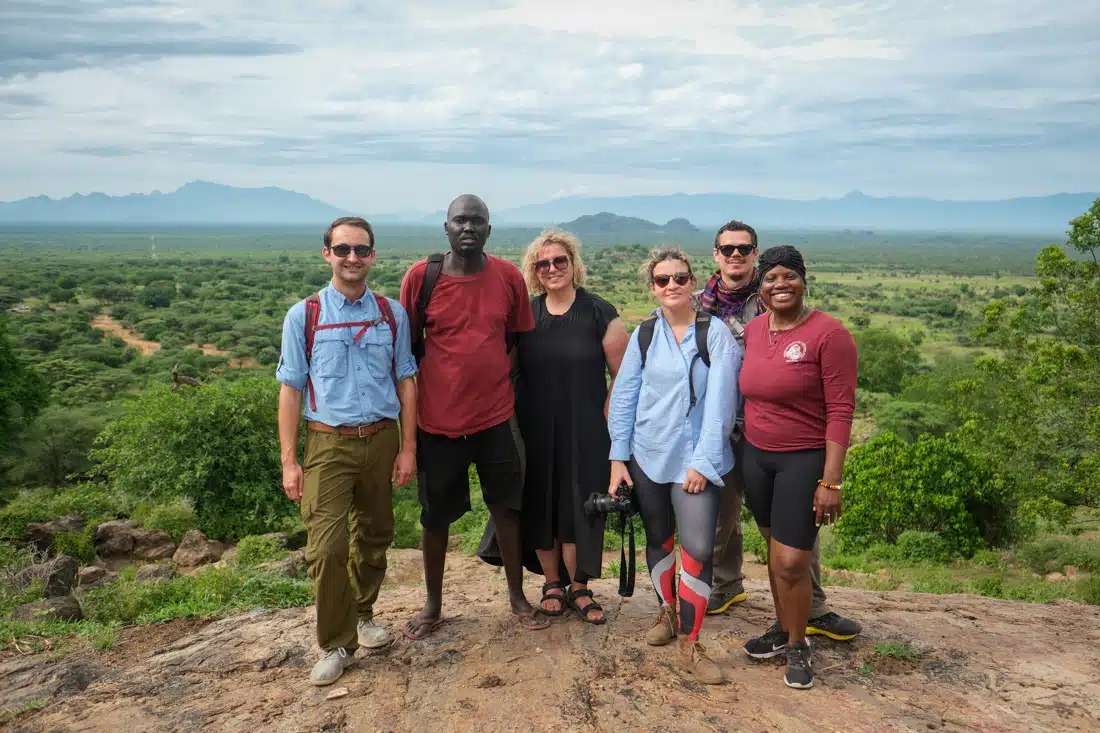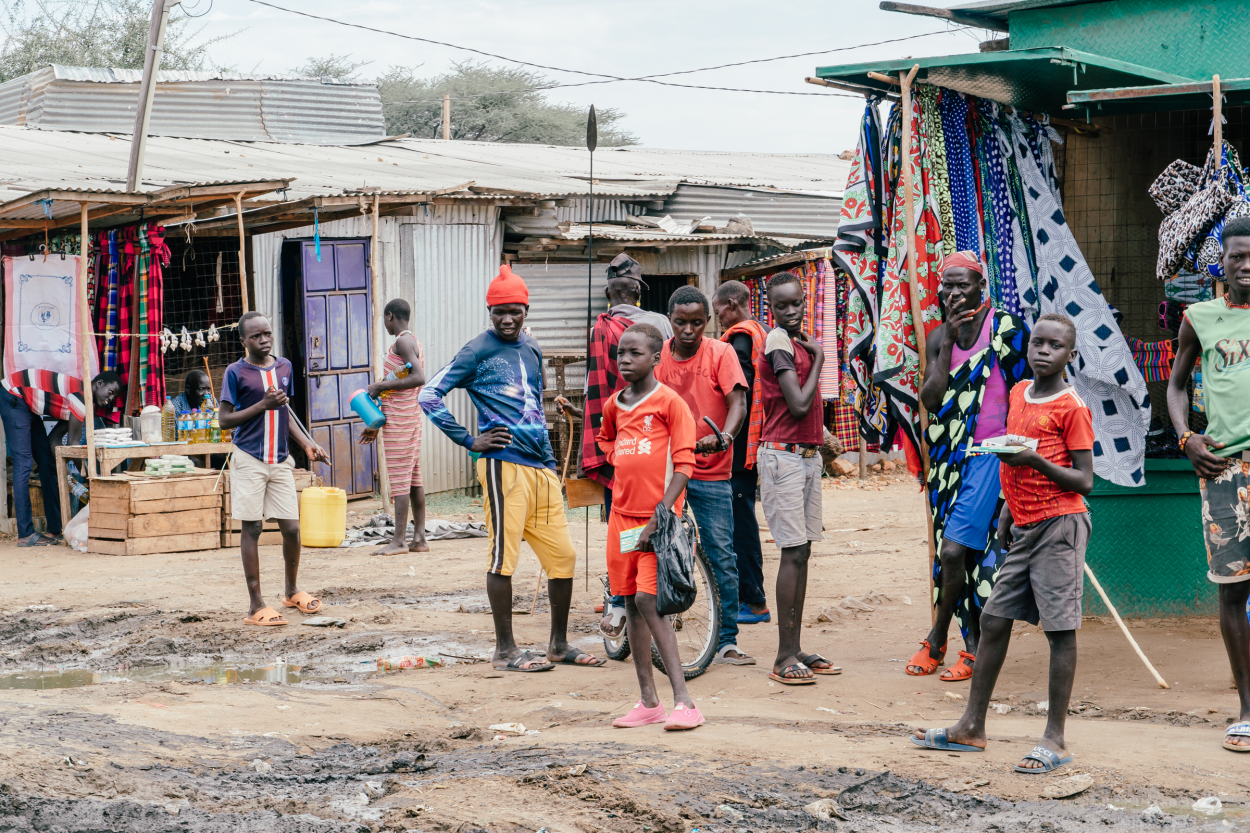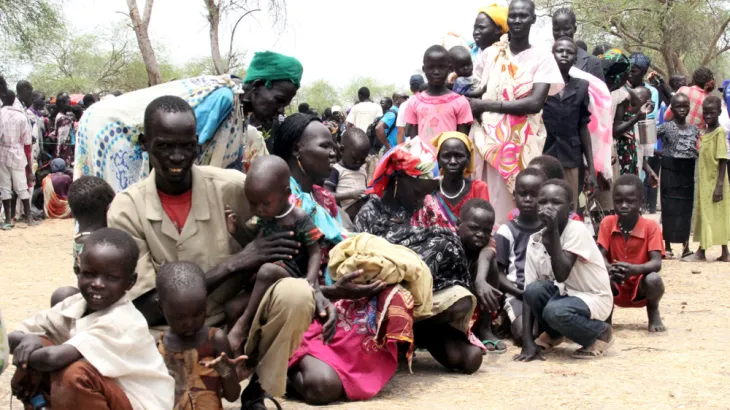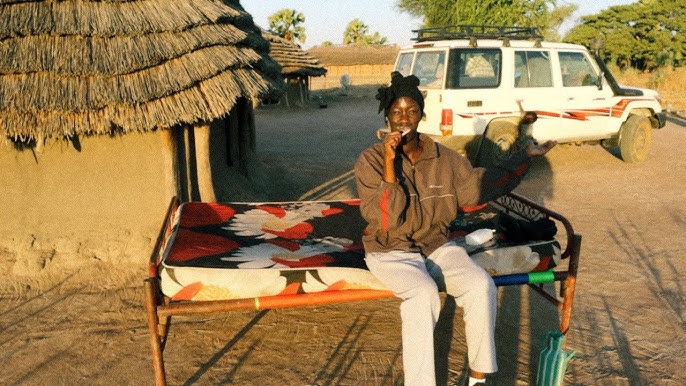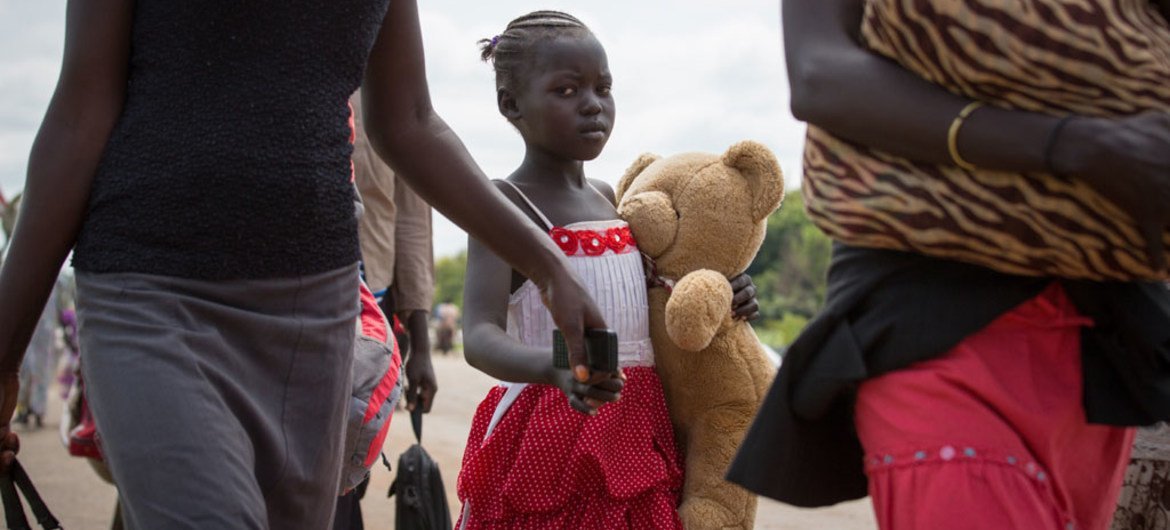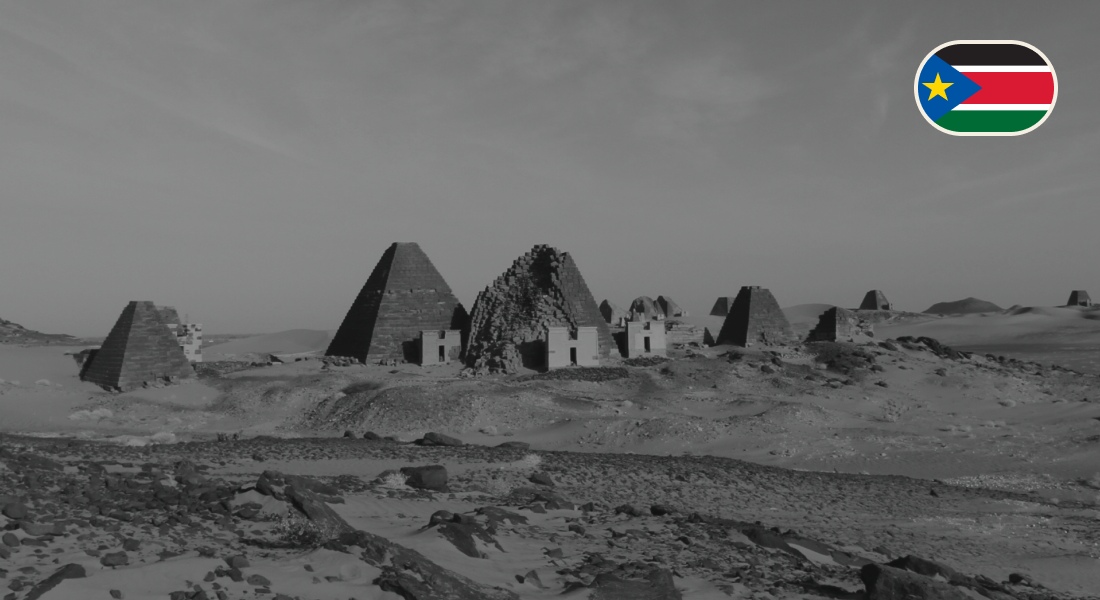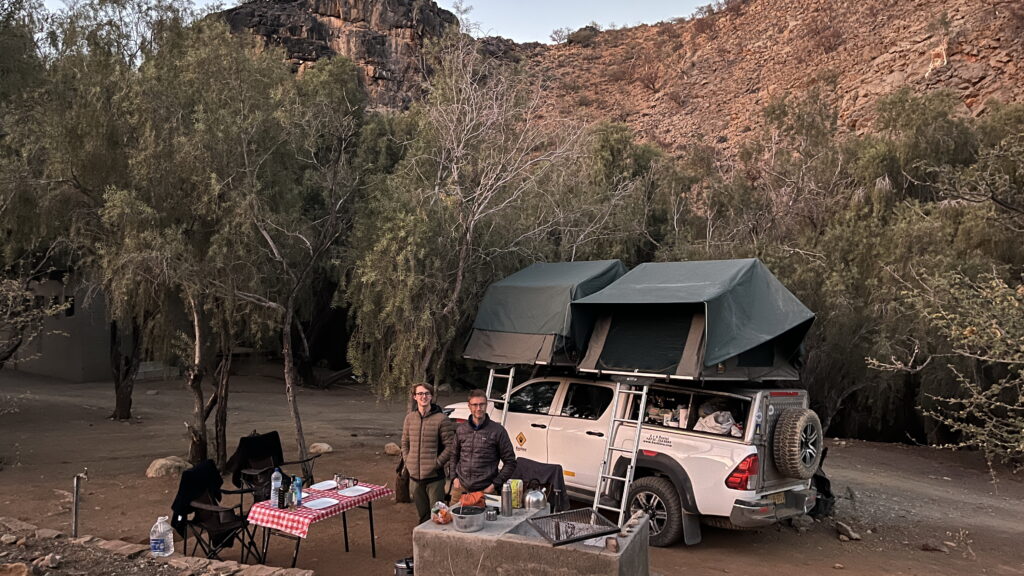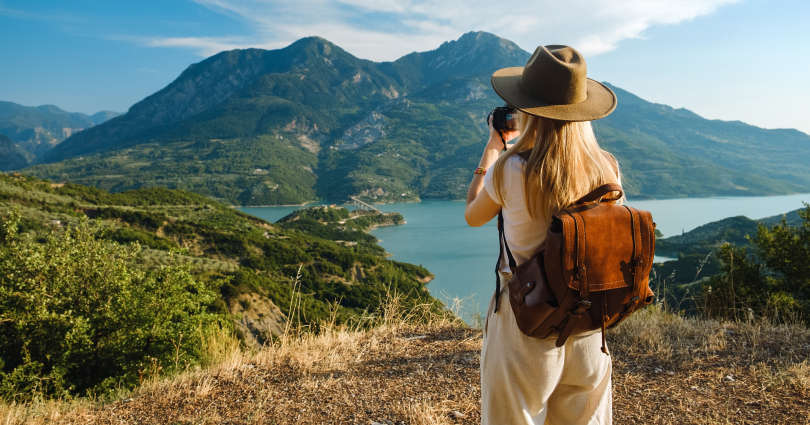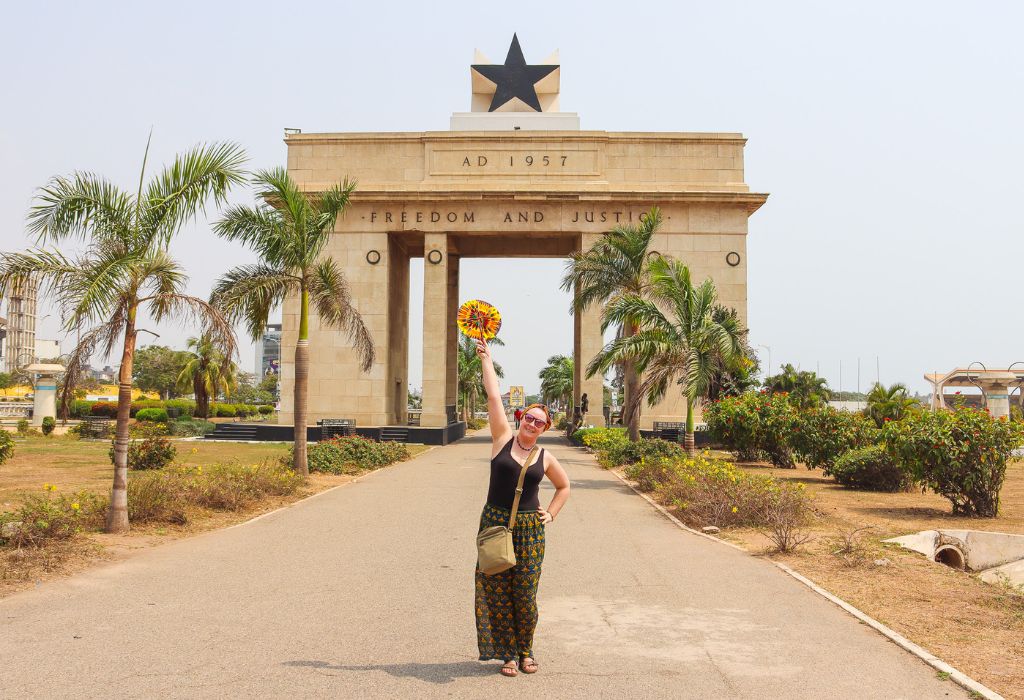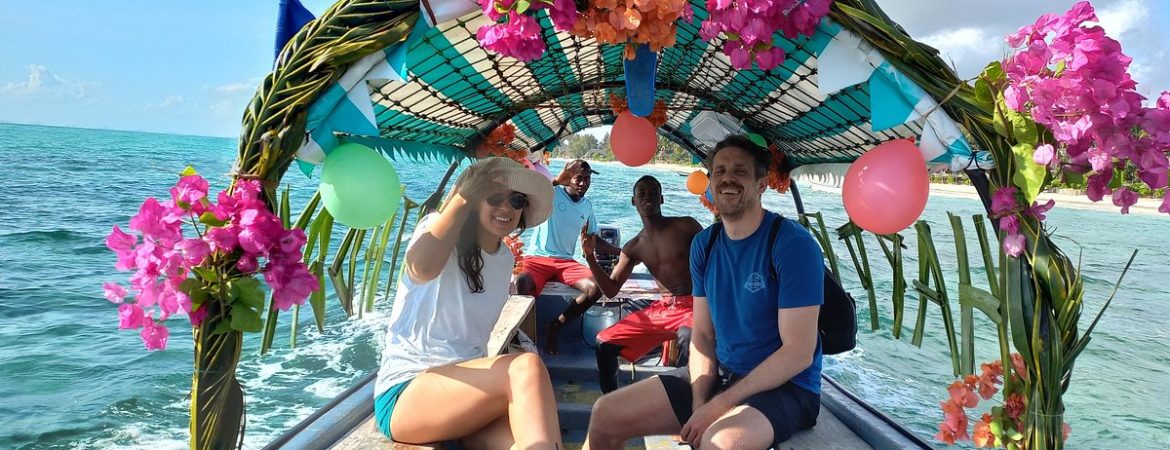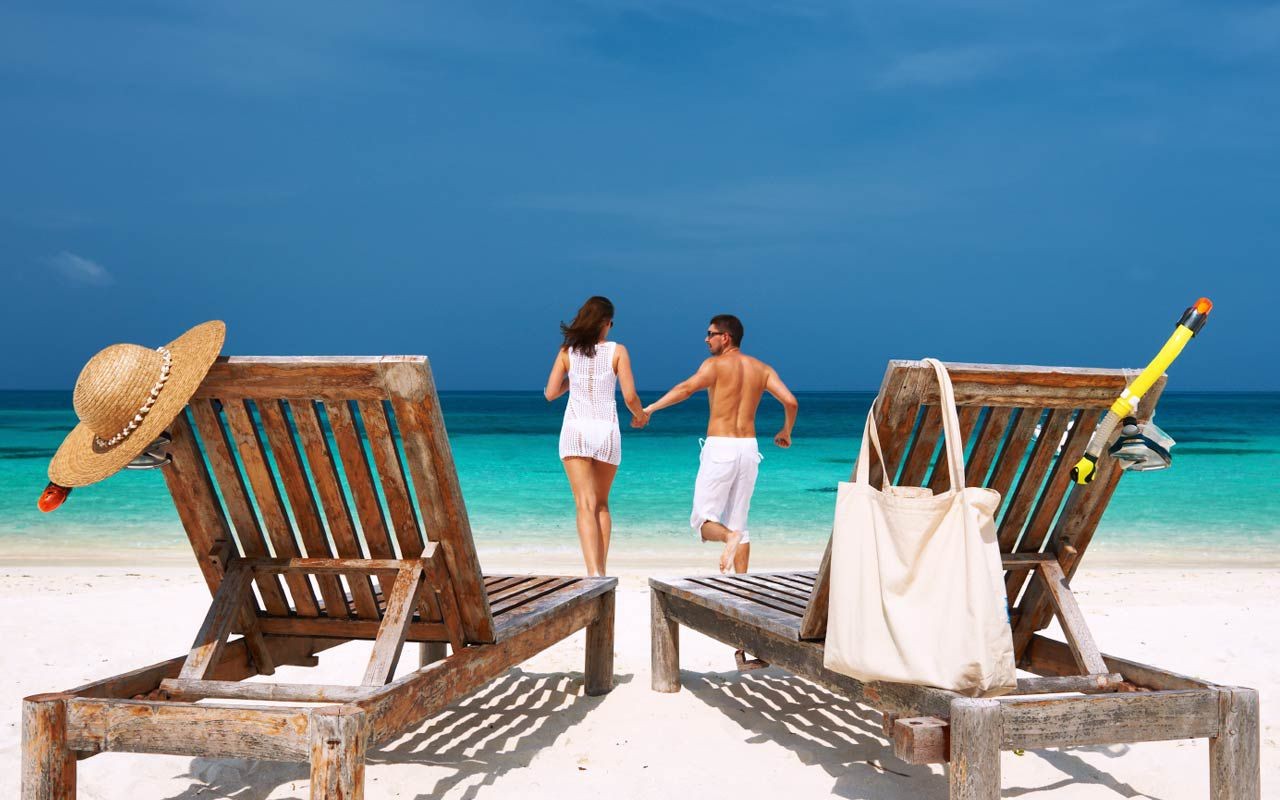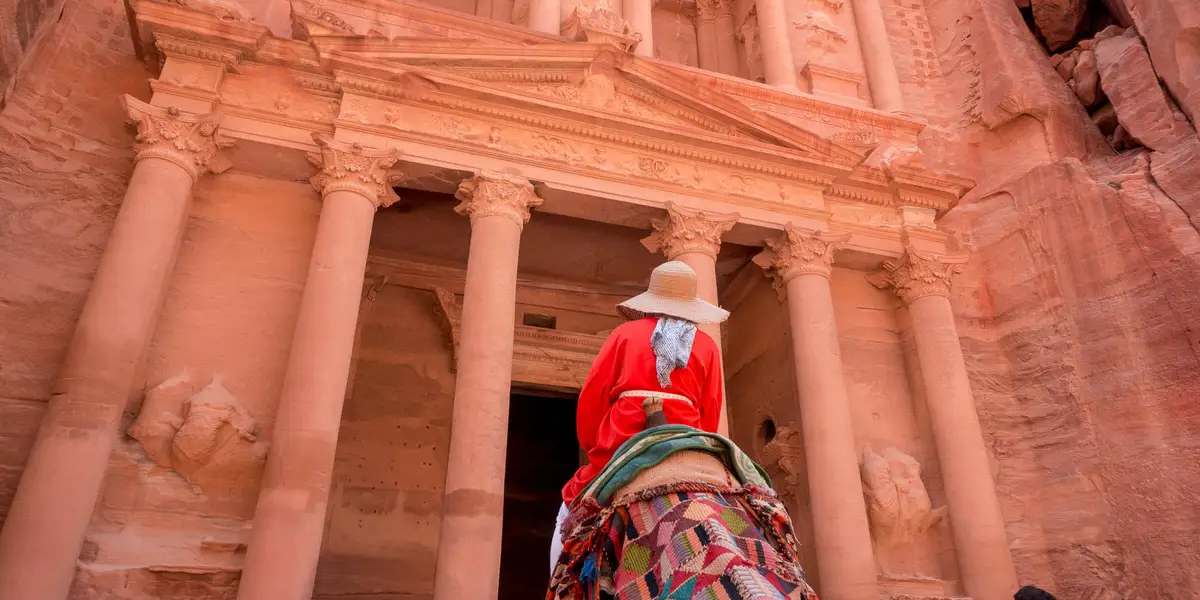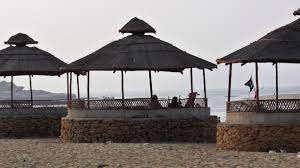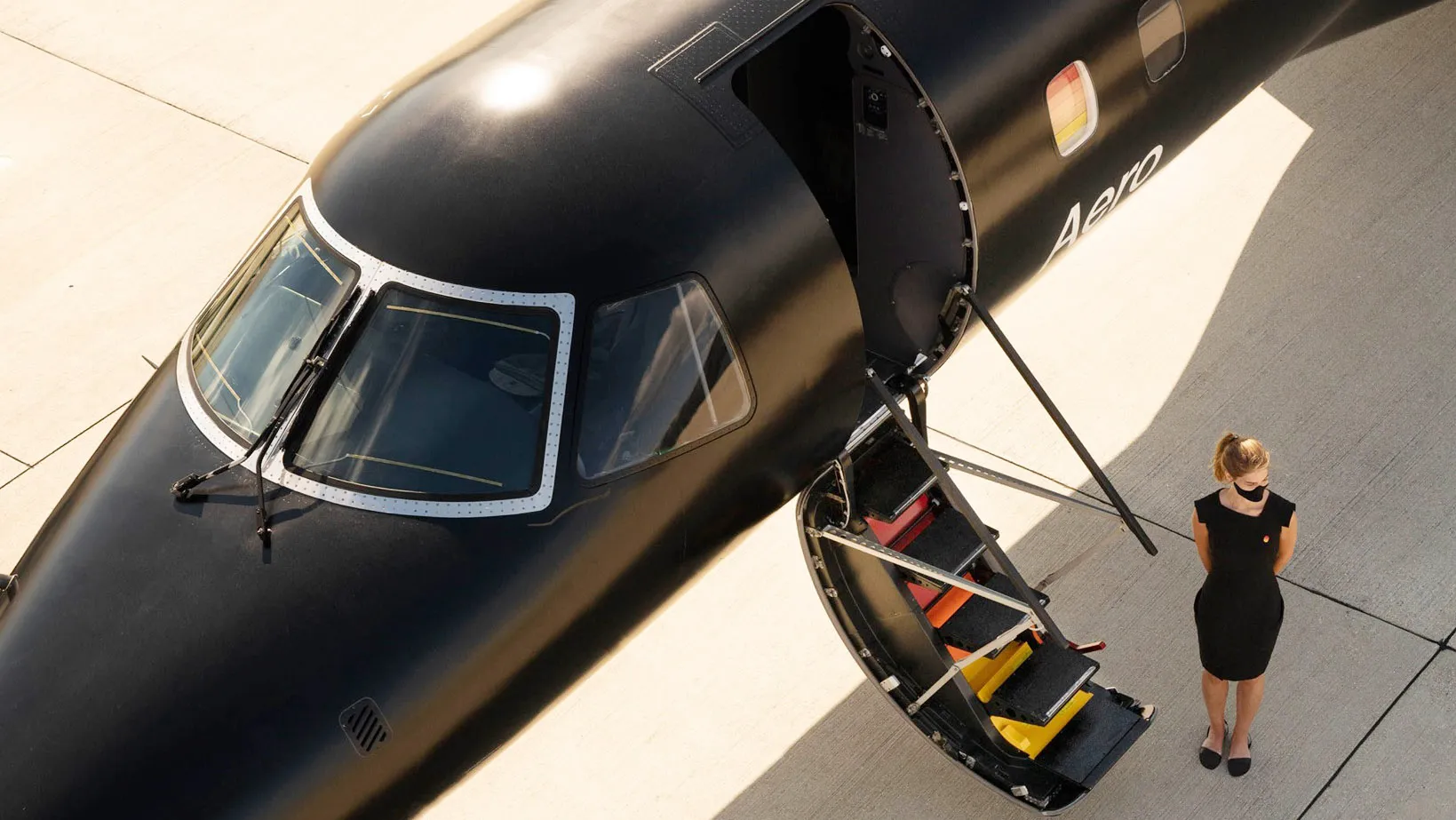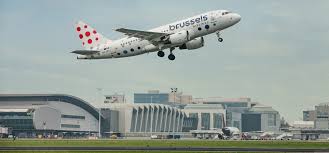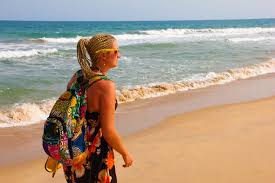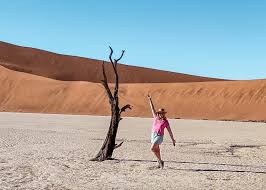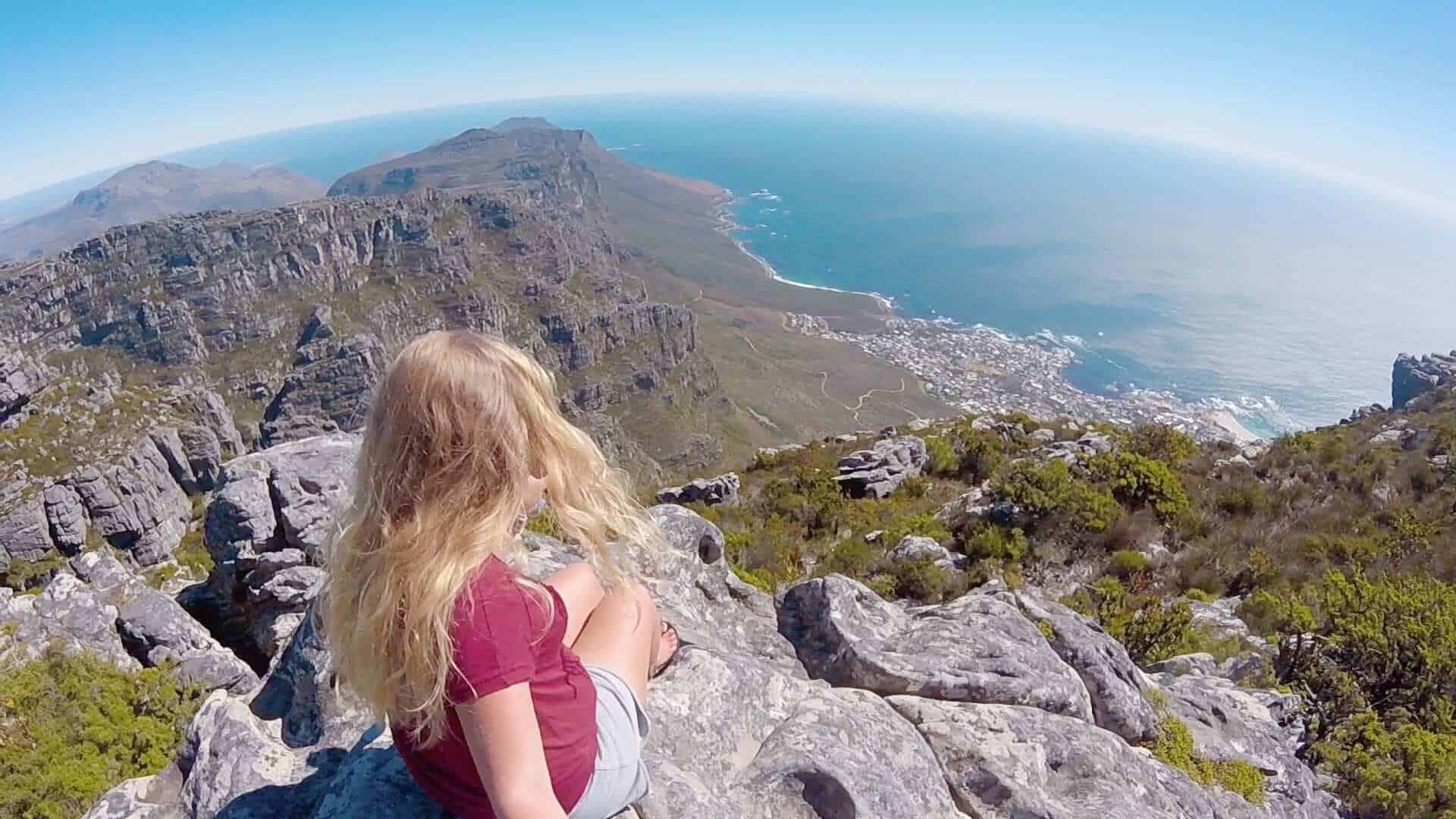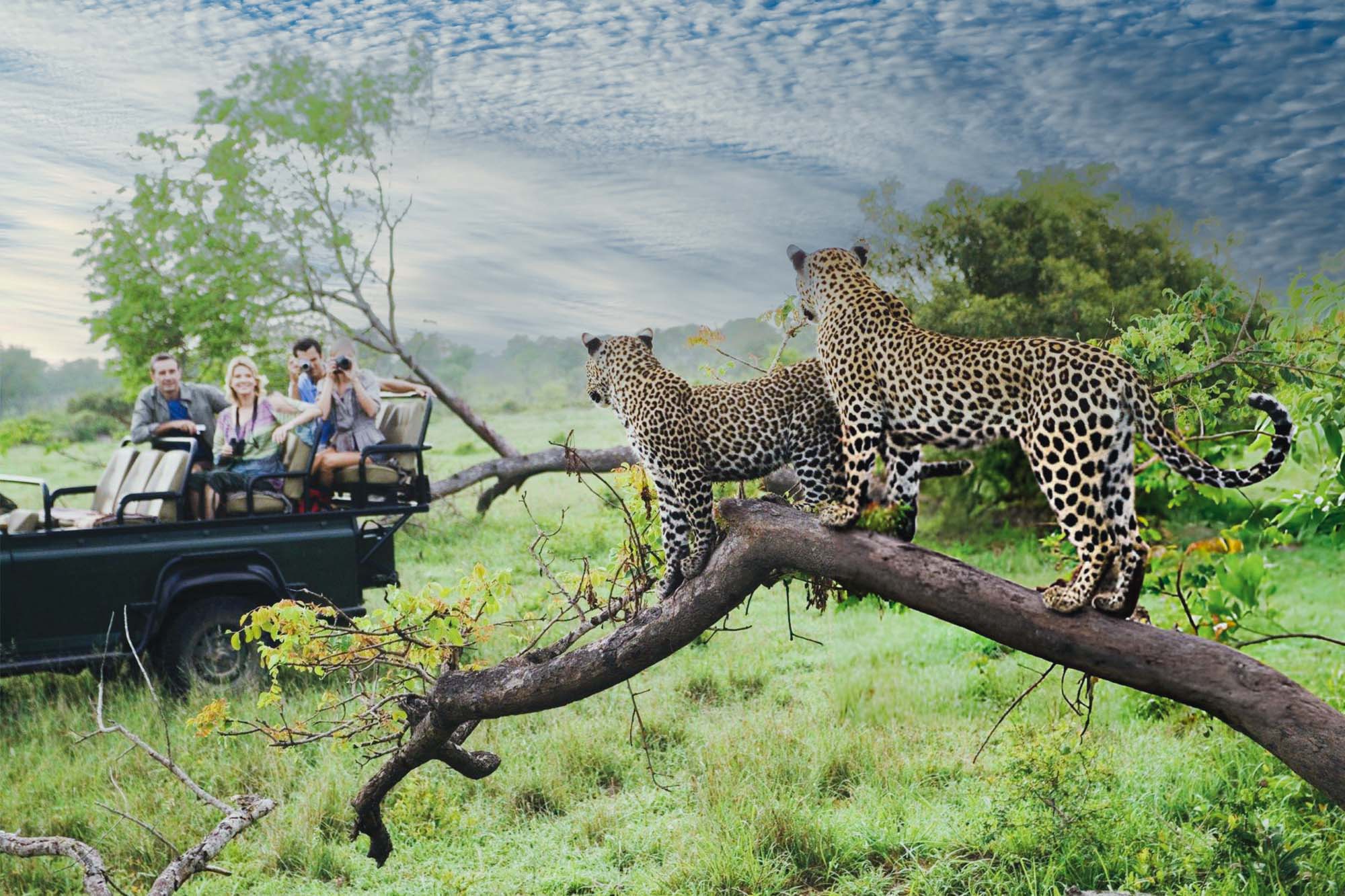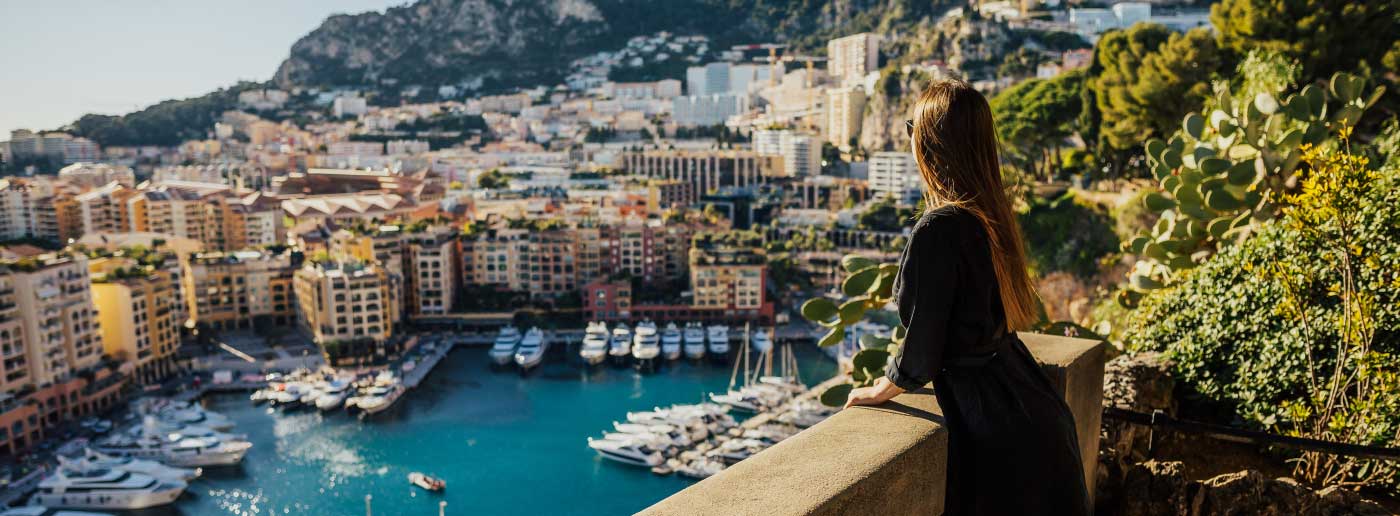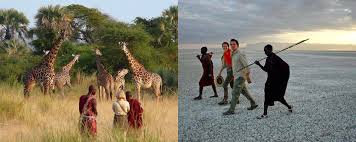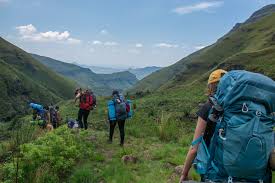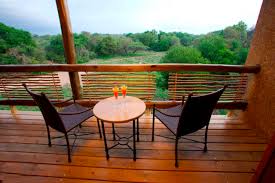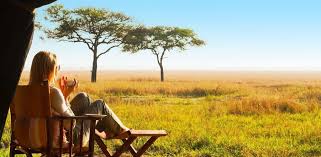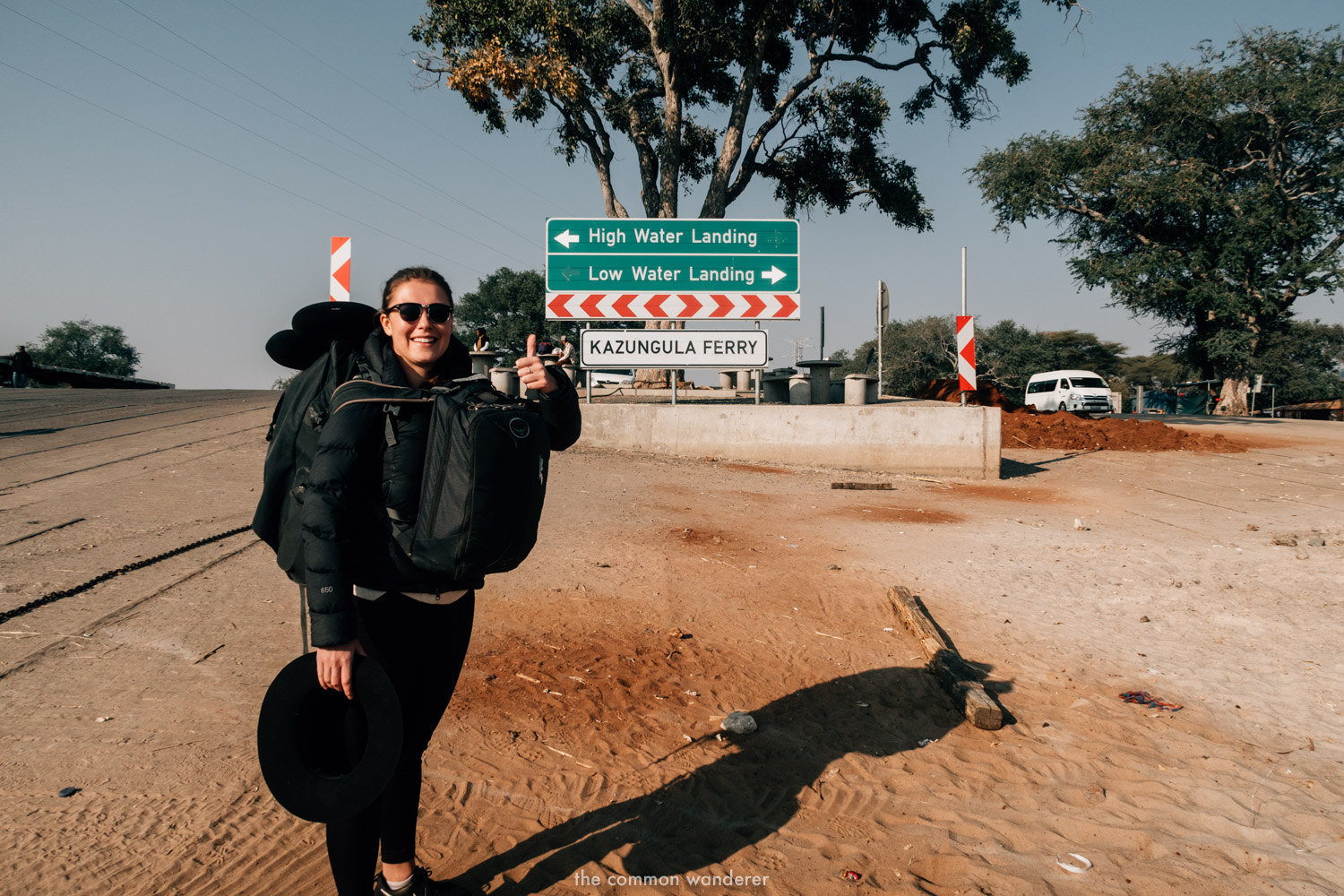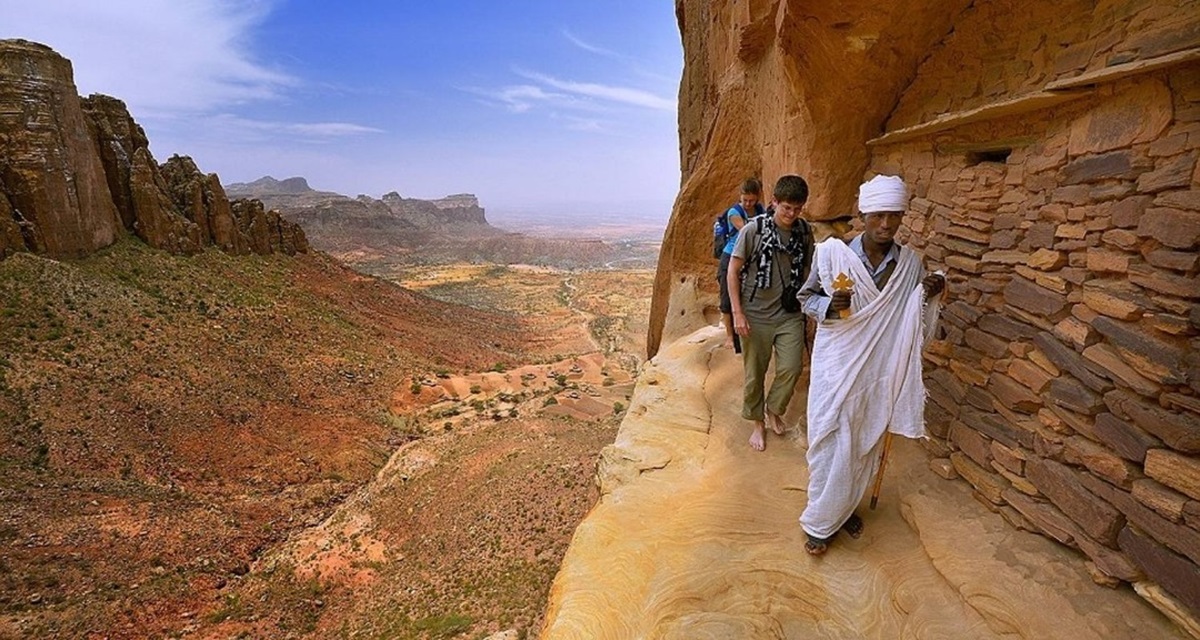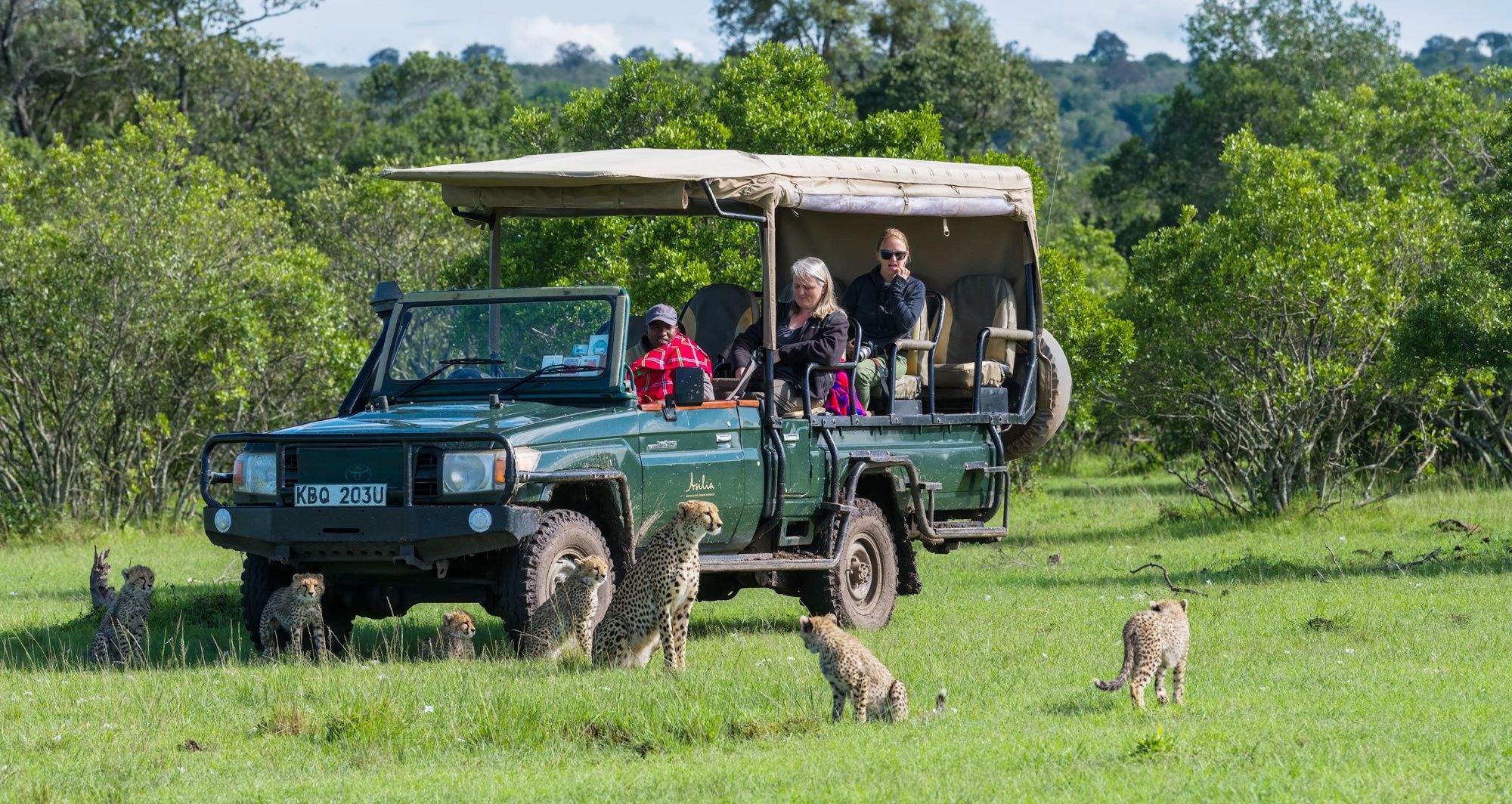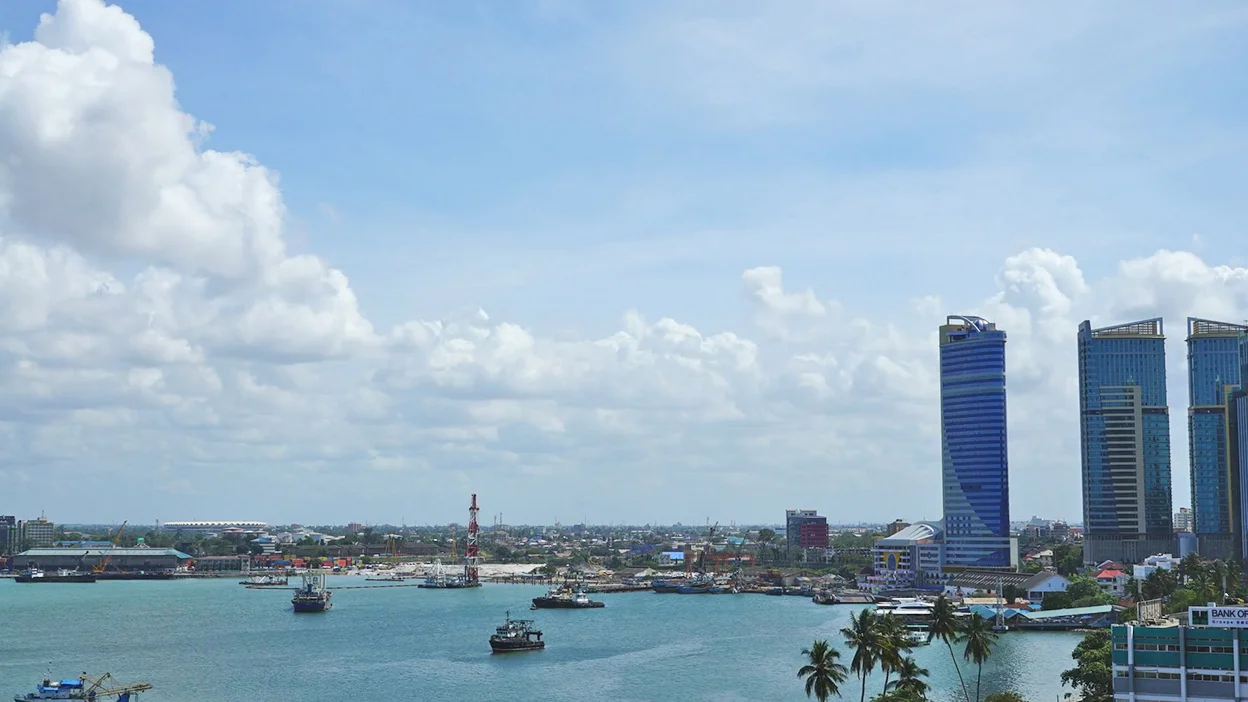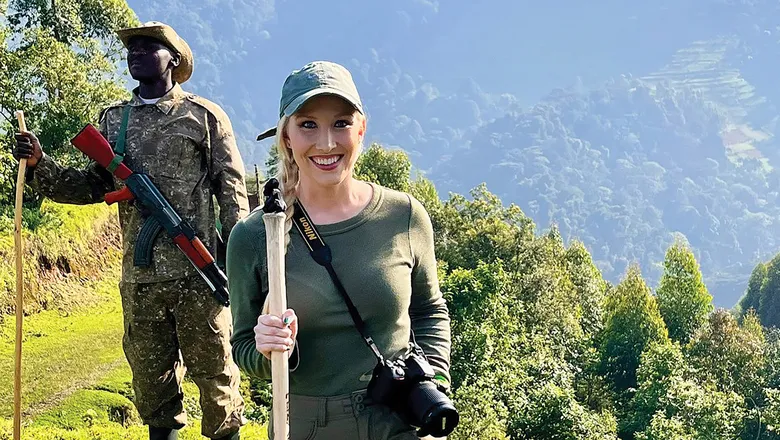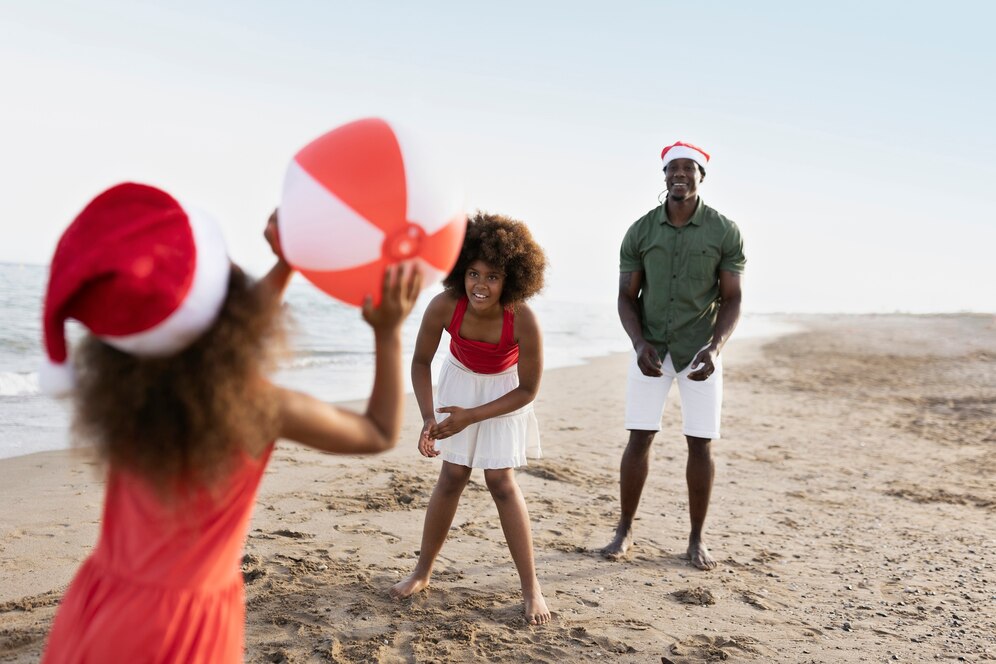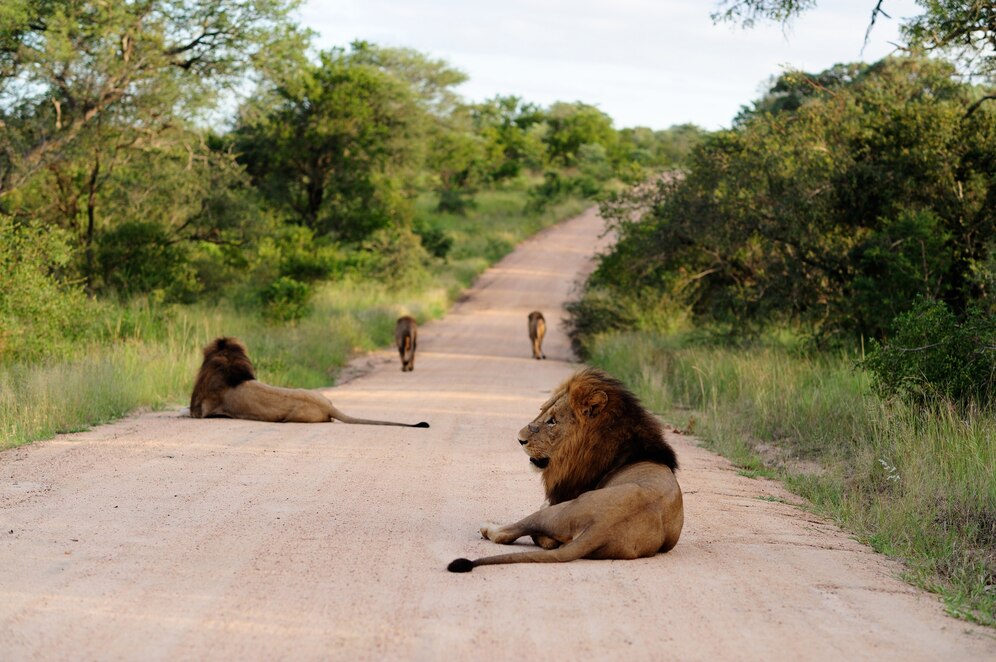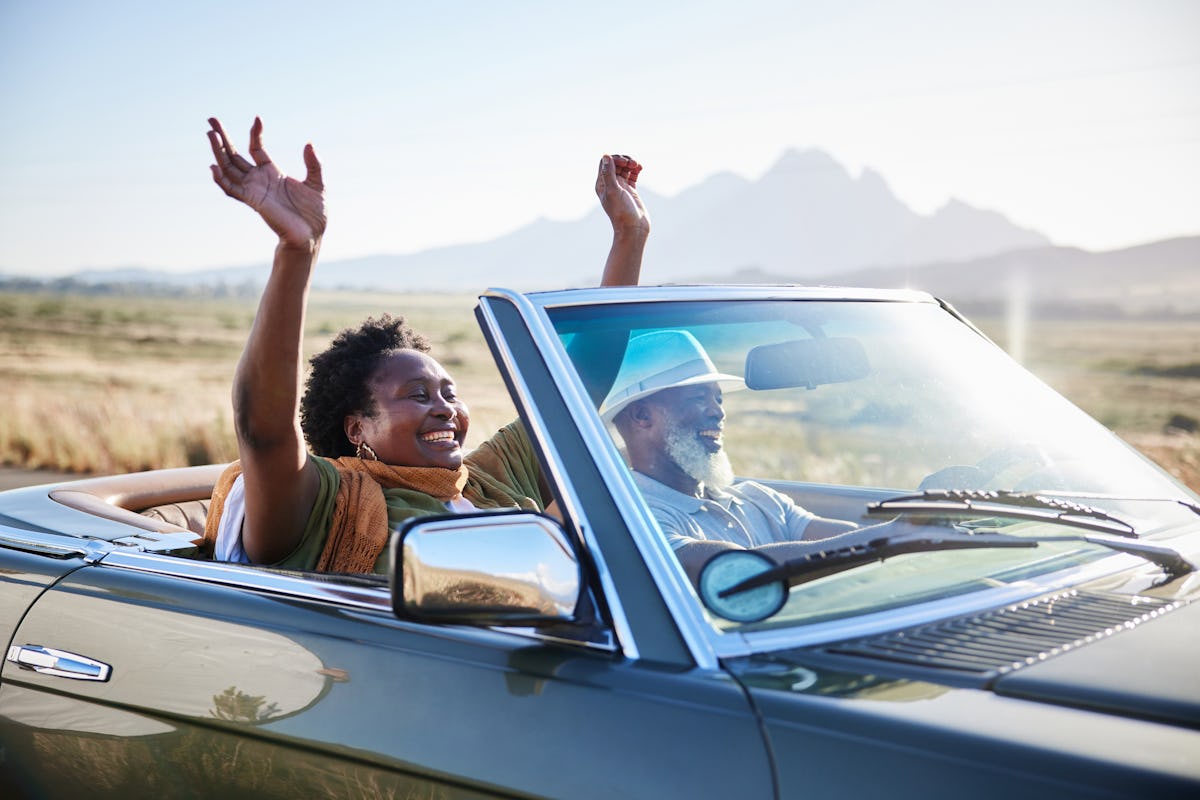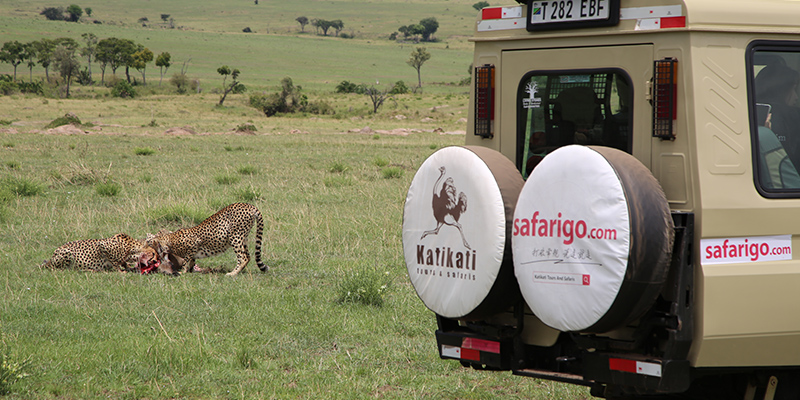
Namibia is one of the most underrated solo travel destinations in the world. With its silent deserts, sweeping sand dunes, and wildlife-filled plains, it offers raw, untamed beauty few places can match.
But can you safely explore it on your own?
This guide breaks down exactly what to expect when traveling solo in Namibia. Whether you’re planning a self-drive trip, a camping safari, or a digital detox under the stars, here’s what you need to know—backed by real traveler experiences, local insights, and practical safety tips.
Why Consider Solo Travel in Namibia?
You’re not looking for crowds. You want stillness, space, and something that feels truly wild. That’s what Namibia delivers.
-
You can drive for hours without seeing another soul.
-
It’s home to some of Africa’s most iconic landscapes—Sossusvlei, Etosha, and the Skeleton Coast.
-
Wildlife encounters here feel personal and unforgettable.
-
It’s one of Africa’s most politically stable countries.
-
Locals are friendly, and most speak English.
Still, Namibia’s remote beauty comes with unique challenges—especially for solo travelers. Let’s break those down.
Is Namibia Safe for Solo Travel?
Overall Safety: Better Than You Might Think
Namibia is considered one of the safest countries in Africa for travelers. It has:
-
Low population density
-
A relatively stable political climate
-
Minimal violent crime compared to regional averages
But solo travel requires a different mindset. You’re not just looking out for danger—you’re managing logistics, isolation, and unpredictable conditions. Safety here is about preparation, not paranoia.
The Main Risks of Solo Travel in Namibia (And How to Handle Them)
1. Petty Theft in Urban Areas
Where: Windhoek, Swakopmund, Walvis Bay
What Happens: Pickpocketing, bag snatching, car break-ins
Why It Matters: While violent crime is rare, opportunistic theft happens in public spaces, especially near ATMs and parking lots.
What You Should Do:
-
Lock valuables out of sight when leaving your vehicle.
-
Never leave bags or electronics on seats.
-
Be cautious at ATMs—avoid help from strangers.
-
Use accommodations with safes or lockers.
Pro tip: Windhoek is safe to explore by day, but avoid walking alone at night. Use a reliable taxi app or ask your lodge to call a trusted driver.
2. Road Travel and Breakdowns
Most travelers rent a vehicle and drive themselves. It’s the best way to see Namibia—but also the riskiest part of the trip.
The Risks:
-
Long stretches without fuel or help
-
Harsh road conditions (gravel, sand, potholes)
-
Wildlife crossing the road at night
-
No signal or GPS in remote areas
How to Stay Safe:
-
Rent a 4×4 vehicle with two spare tires.
-
Learn how to change a tire before your trip.
-
Carry extra water, fuel, and basic tools.
-
Avoid driving after dark—this is non-negotiable.
-
Share your daily route with someone via WhatsApp or SMS.
Real Talk:
“I’ve done 15,000 km solo across Namibia. The danger isn’t people—it’s heat and isolation. Break down in the wrong place, and help could be hours away.” —Traveler from South Africa
3. Wildlife Encounters
Namibia has lions, elephants, cheetahs, and more. It’s a dream for nature lovers. But if you’re driving solo through parks, you need to stay alert.
Safety Tips:
-
Stay in your vehicle at all times in game parks.
-
Don’t get close for a “better photo.”
-
Never feed or approach animals.
-
Follow all posted park rules and speed limits.
-
Consider joining a guided safari in Etosha if you’re unsure.
4. Extreme Remoteness
Namibia is one of the most sparsely populated countries on Earth. That’s a gift—and a risk.
Connectivity Gaps:
-
No signal for hundreds of kilometers in the south or northwest
-
Limited Wi-Fi outside cities
-
Very few service stations or emergency contacts
How to Prepare:
-
Buy a local SIM card (MTC) with data.
-
Download offline maps (Google Maps or Maps.me).
-
Write out your itinerary and share it with a trusted friend.
-
Travel with printed maps and emergency contacts.
-
Consider a satellite phone if heading to Kaokoland or Damaraland.
5. Health and Medical Care
There’s decent care in Windhoek—but not much in rural areas.
Health Concerns:
-
Malaria in the far north (Etosha, Caprivi)
-
Dehydration or sunstroke
-
Cuts or injuries far from clinics
Prevention Tips:
-
Take malaria prophylaxis if going north.
-
Use insect repellent and sleep under a net.
-
Carry basic first-aid (bandages, antiseptic, painkillers).
-
Get travel insurance that covers evacuation.
6. Solo Female Travel in Namibia
Many solo women have traveled safely and confidently through Namibia. But it’s still smart to take extra precautions.
Smart Moves:
-
Dress modestly, especially in towns.
-
Choose well-reviewed lodges with female-friendly ratings.
-
Join a small-group tour for part of your trip if new to Africa.
-
Don’t share your solo status with everyone you meet.
Traveler Insight:
“I traveled solo for 3 weeks—Etosha, Sossusvlei, and the coast. I planned carefully, stayed in eco-lodges, and drove myself. Never once felt unsafe.” —UK solo traveler
Where to Go Alone in Namibia
Not every part of Namibia is ideal for solo travelers. Some are too remote unless you’re extremely experienced. These areas are well-suited:
✅ Sossusvlei & Namib-Naukluft
Home to giant red dunes, Deadvlei, and desert hiking. Plenty of lodges and solid road access.
✅ Swakopmund & Walvis Bay
Coastal towns with good restaurants, internet, and adventure activities like sandboarding or dolphin cruises.
✅ Etosha National Park
Well-marked roads, great self-drive safaris, and fenced campsites make it a safer wildlife destination.
✅ Fish River Canyon
Stunning hikes, quiet lodges, and safe for solo stays if driving carefully.
Where to Be More Cautious
❌ Kaokoland
Incredible landscapes, but too remote for most solo travelers. Road conditions are rough, and signal is rare.
❌ Skeleton Coast
Very little infrastructure, soft sand roads, and fog. Beautiful but not beginner-friendly.
❌ Caprivi Strip
Lusher and wetter, but malarial. Roads are good but not as well-traveled.
Solo Travel Tips for Namibia
-
Book accommodation in advance—distances are long and options are limited.
-
Get an international driver’s license if needed.
-
Always have extra cash—cards aren’t accepted everywhere.
-
Learn basic car maintenance—especially changing a tire.
-
Watch for wildlife near roads at dawn and dusk.
-
Don’t underestimate the sun—wear a hat and drink constantly.
-
Trust your gut. If a road, person, or place feels off, leave.
What About Traveling With Firearms?
Some travelers (especially conservation volunteers or hunters on private reserves) may carry firearms. If this applies to you:
-
Secure all proper import and transport permits.
-
Store weapons discreetly and securely.
-
Notify your car rental company in advance—some ban firearms.
-
Follow all national regulations without exception.
-
Never travel with a loaded weapon.
Important: Traveling alone with firearms in remote areas increases your risk. Keep in constant contact with a base team and avoid moving after dark.
Is Namibia Right for You?
If you want to push your limits, disconnect from distractions, and embrace silence—Namibia delivers.
It’s not for every solo traveler. It demands self-sufficiency, planning, and respect for nature. But with good preparation, it can be one of the most empowering and unforgettable trips you ever take.
You’ll come back with more than photos. You’ll come back with stories no one else has—and that’s what solo travel is all about.
Quick Checklist for Solo Travel in Namibia
-
✅ Book a reliable 4×4 rental
-
✅ Have two spare tires and know how to use them
-
✅ Bring a printed itinerary and offline maps
-
✅ Use a local SIM with data
-
✅ Avoid night driving
-
✅ Don’t leave valuables in plain sight
-
✅ Respect wildlife and park rules
-
✅ Tell someone where you’re going
-
✅ Buy travel insurance with evacuation
-
✅ Be mentally prepared for long, quiet stretches

